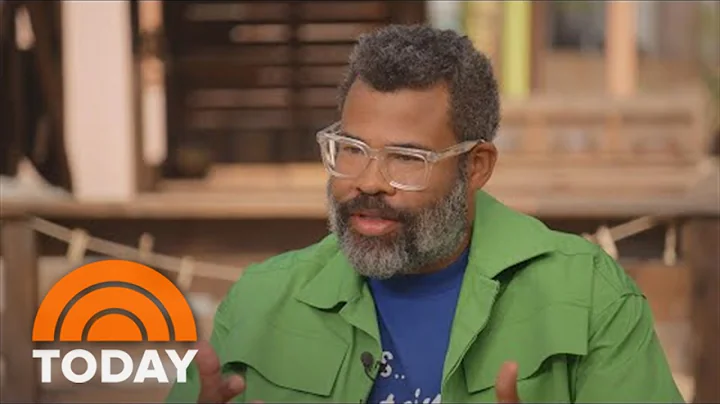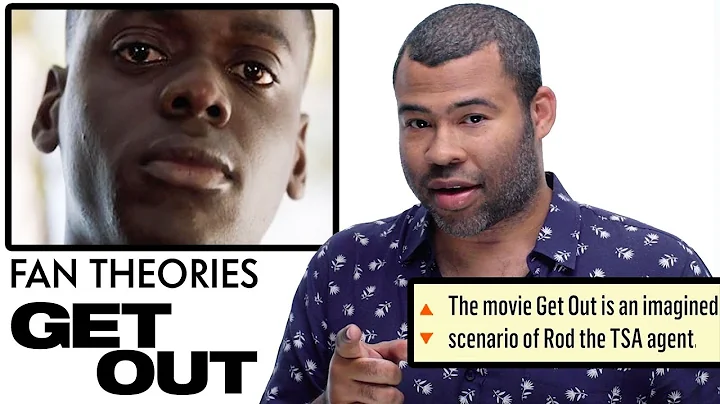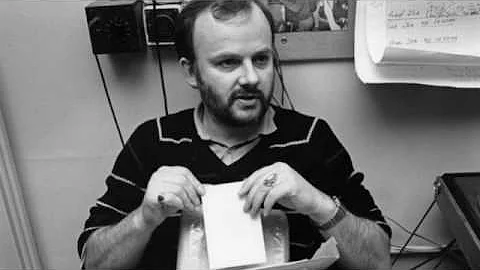John R Peele
age ~81
from Alexandria, VA
- Also known as:
-
- Diane L Peele
- Jason Peele
- Diane L And
- Phone and address:
-
6402 Maryview St, Alexandria, VA 22310
7039715763
John Peele Phones & Addresses
- 6402 Maryview St, Alexandria, VA 22310 • 7039715763
- Peyton, CO
- Woodbridge, VA
- Charlotte, NC
- Washington, DC
Resumes

John Peele
view source
John Peele
view source
John Peele
view source
Manager At Nga
view sourcePosition:
Manager at NGA
Location:
Washington D.C. Metro Area
Industry:
Defense & Space
Work:
NGA
Manager
Manager
Name / Title
Company / Classification
Phones & Addresses
Owner
Peele, John
Single-Family House Construction Plumbing/Heating/Air Cond Contractor
Single-Family House Construction Plumbing/Heating/Air Cond Contractor
6203 57 Ave, Riverdale, MD 20737
3012777474
3012777474
Us Patents
-
Preparing Electrodes For Electroplating
view source -
US Patent:8404095, Mar 26, 2013
-
Filed:Jun 2, 2009
-
Appl. No.:12/476522
-
Inventors:F. Keith Perkins - Alexandria VA, US
Perry Skeath - Silver Spring MD, US
Lee Johnson - Silver Spring MD, US
John Peele - Alexandria VA, US
William Bassett - Port Republic MD, US -
Assignee:The United States of America, as represented by the Secretary of the Navy - Washington DC
-
International Classification:C25D 5/00
C25D 5/54 -
US Classification:205 88, 205162
-
Abstract:A method of immersing an electrode in an electroplating solution while under vacuum, to substantially eliminate air and/or other gas from microscopic holes, cavities or indentations in the electrode. A method of electroplating an electrode in an electroplating solution including the application of a vacuum to the electrode while it is immersed in the electroplating solution to thereby substantially eliminate air and/or other gas from microscopic holes, cavities or indentations in the electrode. The electroplating liquid may be applied to only one side of the electrode (“the wet side”) in which case, sufficient time is allowed to pass for the immersion liquid to fill the microscopic through-holes, cavities or indentations in the electrode. An enhancement of this mode is to force liquid through the microscopic holes from the wet side. A highly penetrating solvent may be used as an immersion liquid.
-
Preparing Electrodes For Electroplating
view source -
US Patent:20130146467, Jun 13, 2013
-
Filed:Feb 8, 2013
-
Appl. No.:13/763017
-
Inventors:The Government of the United States, as represented by the Secretary of the Navy, Naval Research Laboratory - Washington DC, US
Perry Skeath - Silver Spring MD, US
Lee James Johnson - Washington DC, US
John R. Peele - Alexandria VA, US
William Bassett - Patuxent River MD, US -
Assignee:The Government of the United States, as represented by the Secretary of the Navy, Naval Re - Washington DC
-
International Classification:C25D 5/54
-
US Classification:205 88
-
Abstract:A method of immersing an electrode in an electroplating solution while under vacuum, to substantially eliminate air and/or other gas from microscopic holes, cavities or indentations in the electrode. A method of electroplating an electrode in an electroplating solution including the application of a vacuum to the electrode while it is immersed in the electroplating solution to thereby substantially eliminate air and/or other gas from microscopic holes, cavities or indentations in the electrode. The electroplating liquid may be applied to only one side of the electrode (“the wet side”) in which case, sufficient time is allowed to pass for the immersion liquid to fill the microscopic through-holes, cavities or indentations in the electrode. An enhancement of this mode is to force liquid through the microscopic holes from the wet side. A highly penetrating solvent may be used as an immersion liquid. Alternatively, carbon dioxide can be used as an immersion liquid, in which case the liquid carbon dioxide may be obtained by adjusting the temperature and pressure conditions in a closed container of gaseous carbon dioxide.
-
High Temperature Ultra-High Vacuum Infrared Window Seal
view source -
US Patent:44480008, May 15, 1984
-
Filed:Apr 27, 1982
-
Appl. No.:6/372341
-
Inventors:Thomas J. Manuccia - Silver Springs MD
John R. Peele - Alexandria VA
Christine E. Geosling - Oakton VA -
Assignee:The United States of America as represented by the Secretary of the Navy - Washington DC
-
International Classification:E06B 300
F16D 100 -
US Classification:52208
-
Abstract:A window seal apparatus capable of transmitting infrared radiation for use under high temperature ultra-high vacuum conditions. The apparatus includes a window clamped between an annular rim of a clamp flange and an annular rim of a sealing flange. The rim of the sealing flange includes an annular sealing knob machined therein having an annular indentation in its upper surface. An annular lead gasket is located between the sealing knob and one side of the window. An annular lead gasket having roughened surfaces is positioned adjacent to the other side of the window and a TEFLON gasket is positioned adjacent to the annular rim of the clamp flange. A constant force means is provided for pushing the clamp flange toward the window and the sealing flange thereby producing a seal therebetween. The window is preferably formed from alkali halide material.
License Records
John D Peele
License #:
2705047807 - Expired
Category:
Contractor
Issued Date:
Jan 14, 1999
Expiration Date:
Jan 31, 2001
Type:
Class C
Googleplus

John Peele
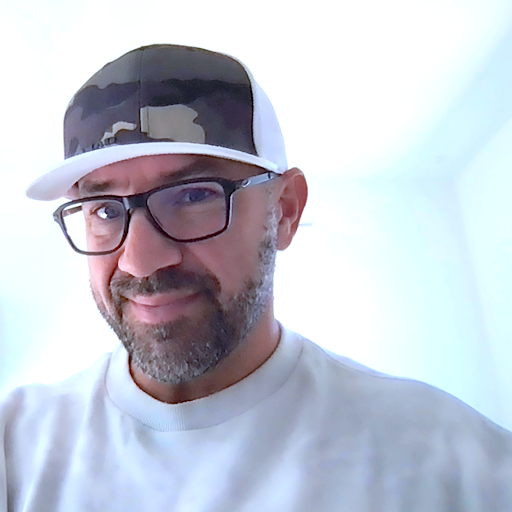
John Peele

John Peele

John Peele

John Peele

John Peele
Other Social Networks

John Peele Google+
view sourceNetwork:
GooglePlus
John Peele - Designer (web and graphic) - Rockbeatspaper - Kernersville, North Carolina - Trinity, North Carolina.
Youtube
Classmates

John Peele
view sourceSchools:
Oak Creek Ranch School Cottonwood AZ 1973-1977
Community:
Jill Rennie, Jenifer Strozier, Howard Burton, Alfredo Edwards

John Peele
view sourceSchools:
Woodside High School Newport News VA 2002-2006
Community:
Ashley Young

John Peele
view sourceSchools:
Florida Air Academy Melbourne FL 1964-1968
Community:
William Lento, Anthony Tony, Louis Graner, Daniel Reeves, Dennis Hymowitz

John Peele
view sourceSchools:
Vann High School Ahoskie NC 1966-1970
Community:
Sherry Askew, Ernest Parker, Elizabeth Privott, Phyllis Reid, Estella Joyner, Lorraine Harrell, Steve Anthony, Alvin Deloatche, L White, Evelyn Moore, Brenda Moore, Barbara Smith

John Peele
view sourceSchools:
Vann High School Ahoskie NC 1966-1970
Community:
Sherry Askew, Ernest Parker, Elizabeth Privott, Phyllis Reid, Estella Joyner, Lorraine Harrell, Steve Anthony, Alvin Deloatche, L White, Evelyn Moore, Brenda Moore

John Peele
view source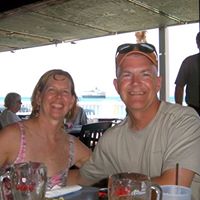
John Peele
view source
John Peele
view source
John Peele
view source
John Peele
view source
John F. Peele
view source
John Bradley Peele
view source
John Peele
view sourceFlickr
Plaxo

john peele
view sourceGovernment
Get Report for John R Peele from Alexandria, VA, age ~81
